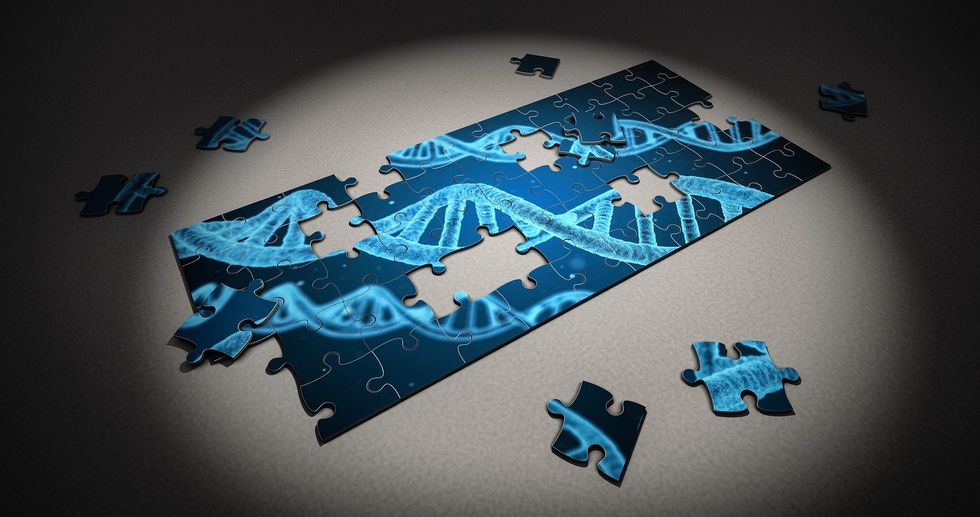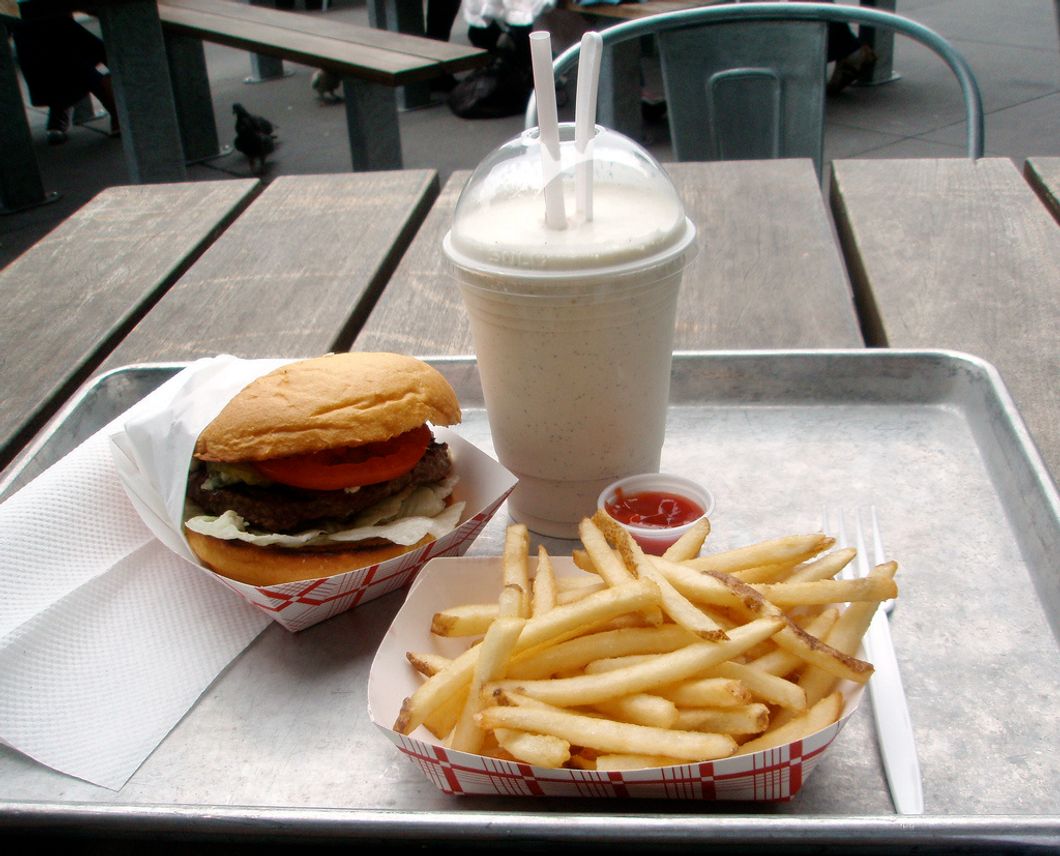Whether I hear about it in the news or my AP Biology class, genetic editing is starting to make a lot of sense. For decades we have genetically modified our food to taste better, last longer, grow faster and produce more as our population grows and grows. Many people do not understand that the wild version of most of the food we eat is inedible or would be anyone's last choice in the grocery store.
For example, through natural forms of genetic modification, such as cross-pollination and domestication, we have grown fruits like bananas, peaches, and watermelons that now have the edible insides we all know and almonds that no longer cause cyanide poisoning in consumers. Skeptics have pushed for genetically modified organisms or products that contain them to be labeled, but the reality is that humans have changed the food we eat to the point that almost the entire grocery store would receive a GMO label pushing the cost onto consumers.
Whether it is 100 varieties of apples or drought-resistant corn in the grocery store, humans have undeniably made their mark on Earth's biodiversity. It is important to keep in mind that these changes were not solely for flavor, but for survival. Rice, the most eaten food in the world, has been modified to grow in previously unacceptable conditions, resist pests that used to ruin crops, grow faster and contain more nutrients so the billions of people that depend on rice as a part of their diet do not go hungry.
The next step in the agriculture industry for genetic modification is the animal product we eat. While early work such as hormones in cows ending up in cow milk proved adverse for humans, there are other ways that humans can change the animal agriculture industry with lab work. In 2016, the Department of Animal Science at the University of California reported that continued research into genetic modification of animals could lead to farm animals that leave a smaller carbon footprint and are more likely to be resistant to diseases. With climate change being a global threat and the animal farming industry accounting for 50% of human-related carbon dioxide output, any improvements to our daily carbon footprint would be great steps toward a more environmentally mindful world.
In an already controversial field of study, a new ethical dilemma arises: Should humans be genetically modified?
I believe the answer should be yes, with a couple caveats.
The most straightforward use of genetic editing in humans is to start eliminating the number of diseases humans can be susceptible to just like what is being done with plants and animals. I think any parent would take the opportunity to prevent their children from getting sick if genetically editing the human genome were to become the ultimate vaccine. Furthermore, eliminating the risk of children developing conditions such as autism, cystic fibrosis, cerebral palsy and disabilities such as blindness and deafness could seriously increase the quality of life among those afflicted by these various conditions.
The caveats I think that would be necessary to make human genetic editing a safe, humane process would be strict government oversight on research and application and a limit to what could be modified. Oversight and regulation would prevent "bootleg" or botched experimentation that could result in life ruining modifications and limiting options for modifications would prevent "designer" babies. My issue with changing the looks of your child before it is born would affect the child's social interactions with peers and society before the child is able to express what they would prefer.
In conclusion, as we find out more about the crazy world we live in, we need to continue to use our knowledge and resources to increase our quality of life for future generations.

















